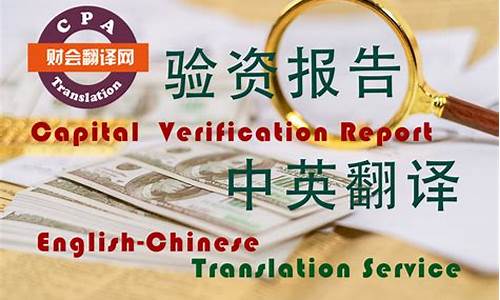Common Errors in Financial Report English Translation and How to Avoid Them
In the realm of financial translation, accuracy is paramount. However, errors can still slip through, leading to misunderstandings and misinterpretations. Here are some common mistakes to watch out for and tips on how to avoid them:
1. Misinterpretation of Financial Terminology
One prevalent issue is the misinterpretation of financial jargon. Translators may incorrectly translate terms such as "earnings per share" or "cash flow" without considering their specific meanings in the financial context. To avoid this, translators should possess a deep understanding of both languages and the corresponding financial concepts.
2. Grammatical and Syntax Errors
Another pitfall is grammatical and syntax errors, which can significantly impact the clarity and coherence of the translated text. These errors may arise due to literal translations or unfamiliarity with the linguistic nuances of both languages. Translators should strive for grammatical correctness and natural flow in their translations by proofreading meticulously and seeking feedback from proficient speakers.
3. Lack of Cultural Sensitivity
Cultural nuances play a crucial role in effective communication, especially in financial reports that may vary in format and tone across different regions. Translators must be attuned to cultural differences to ensure that the translated content resonates with the target audience. This includes understanding cultural norms, idiomatic expressions, and formalities prevalent in financial discourse.
In conclusion, accurate financial translation requires more than linguistic proficiency—it demands a comprehensive understanding of financial concepts, attention to detail, and cultural sensitivity. By avoiding common errors and adhering to best practices, translators can deliver translations that accurately convey the intended meaning and facilitate clear communication across language barriers.

This article highlights the importance of meticulous financial translation, identifies common pitfalls, and provides practical tips for ensuring accuracy and clarity in translated financial reports. By addressing these challenges, translators can enhance the quality of financial translations and facilitate effective communication in the global marketplace.



